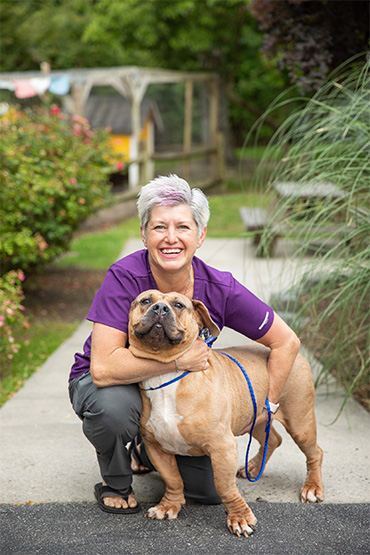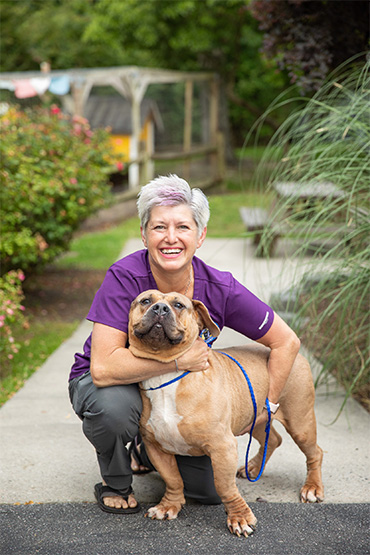We Are Not James Harriott

By Dr. Ali Travis, River Road Animal Hospital
It doesn’t seem that long ago that we practiced medicine like James Herriot, the famed British veterinary surgeon who treated all comers in the countryside with experience and ingenuity, but little else. Without even antibiotics, he managed to treat his patients standing in a muddy field, in the dark, with farmers acting as assistants.
The difference between human and veterinary medicine in his time was not great, but as we gained knowledge about microbes, developed sterile technique, antibiotics and medical imaging – the gap widened. Animals then were not yet considered family – they didn’t rate the time and expense to treat them the way a person would be treated.
Over the past 20 years that gap has narrowed and our ability to provide care at a higher level has skyrocketed.
Although the majority of veterinarians like the ones your pet sees work in general practice, there are also more than 40 recognized specialties requiring further study and examination. Locally, we have surgeons, internists, ophthalmologists, radiologists, and sport medicine and rehabilitation specialists. Your veterinarian can consult with these specialists on cases, as well as refer your pet to them when needed.
General practitioners (GPs) and specialists now routinely use Computer Tomography (CT), Magnetic Resonance Imaging (MRI), and other advanced imaging techniques to look for the underlying problems. Most GPs have digital X-ray and many have ultrasound available.
New diagnostic techniques allow us to screen for cancer with blood tests (OncoK9 Liquid Biopsy ) and urine (CADET Braf ).
We can treat orthopedic issues with Platelet Rich Plasma (PRP) and stem cells, and wounds with laser therapy and hyperbaric oxygen chambers.
Surgeons do more and more work with scopes and laser, and can do amazing precision work in the bladder, in joints, and in the heart. Although it’s still rare, kidney transplants and heart valve replacements are being done in animals. Your dog can have cataract surgery as easily as you can.
Cancers can be treated with chemotherapy (note: this is NOT like human chemotherapy, so talk to your vet if your pet has cancer) and radiation, but some are also now treated with immunotherapy, mirroring advances in human oncology.
One of the most exciting areas of advancements is the use of Monoclonal Antibodies, which have been in use in human medicine for decades — you might have heard of drugs like Humira and Cosentryx. Monoclonal antibodies are created in labs to mimic our own natural antibodies.
Veterinary medicine now has two monoclonal antibody therapies available for pets – Cytopoint, which targets itchy skin in dogs, and Solensia, which targets arthritis pain in cats. These therapies are technically not drugs, so their use is likely safer and also can be used without interactions with other medications and in younger animals. They are given by injection and last a month and longer.
With these advances does come one downside – cost. These therapies generally still cost less than similar treatments in humans, but the cost of veterinary medicine in general is rising like everything else.
How will you pay for them, if they are needed in your pets? The best way I can recommend is to have pet insurance. It can allow you to say yes to these advanced diagnostics and therapies without the stress of wondering where you will get the money. Not all pet insurance is created equally, so do your homework. But there are many companies that do a great job helping us take advantage of the amazing progress our profession is making in helping your pets live longer, healthier lives.












Leave a Reply